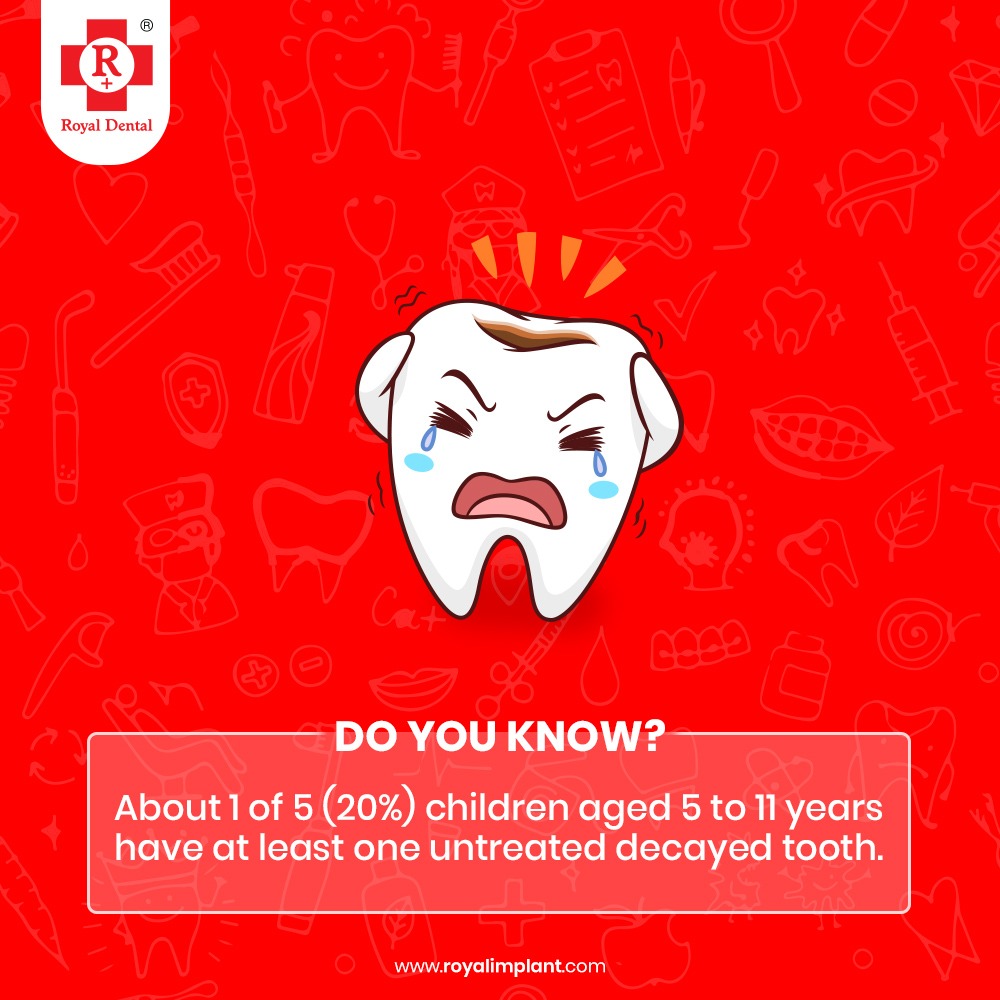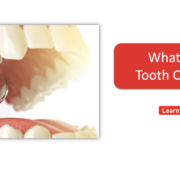When you eat, your teeth get a workout. Even if you brush regularly, it’s not possible to remove all the sugars and carbohydrates that stick to your teeth after eating. Eventually those sticky remnants will rot and decay your enamel and dentin (the outer layer and inner pulp of your teeth). But why do some people get cavities within six months while others never get them? The answer has to do with two types of bacteria that live in your mouth: Pathogenic bacteria, which cause decay and disease; and commensal bacteria, which are generally helpful. Read on to discover what this can do over 6 months. Visit your dentist regularly.
What are the reasons for tooth decay?
Brushing too infrequently – Even if you only brush your teeth once a day, you should be cleaning them two or three times a day. Brushing your teeth removes the plaque from the surface of the tooth. But, if you wait too many hours to brush, the plaque will harden into something called tartar. Tartar is very difficult to remove, and it allows bacteria to grow inside your mouth that will cause tooth decay.
Brushing too vigorously – The key to brushing your teeth properly is moderation. You don’t want to scrub so hard that you damage your gums or wear down the enamel on your teeth, but you do want to make sure your teeth get a good cleaning. If you brush too hard, you’re likely to wear down your enamel as well as push bacteria further into your gums.
Eating too much sugar – It’s probably no surprise that eating too much sugar can cause tooth decay, but the effects are more than just aesthetic. Tooth decay happens when bacteria in your mouth feed on sugars and other carbohydrates and produce acid as a byproduct. This acid will dissolve tooth enamel and eventually eat through the dentin.
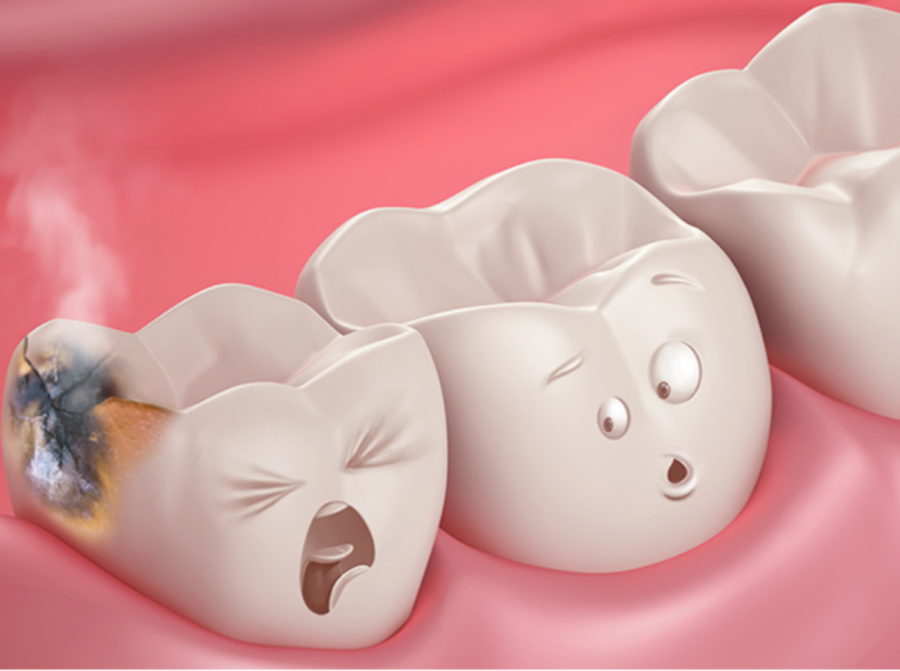
Commensal bacteria and plaque
Plaque is a sticky film that forms on your teeth when bacteria and food particles combine and create something called “dental plaque.” Dental plaque is a sticky film made up of bacteria, food particles, and white blood cells that form on your teeth. If plaque isn’t removed, it hardens and turns into a substance called tartar. Tartar can only be removed by a dentist or dental hygienist. Plaque forms on your teeth almost immediately after you eat.
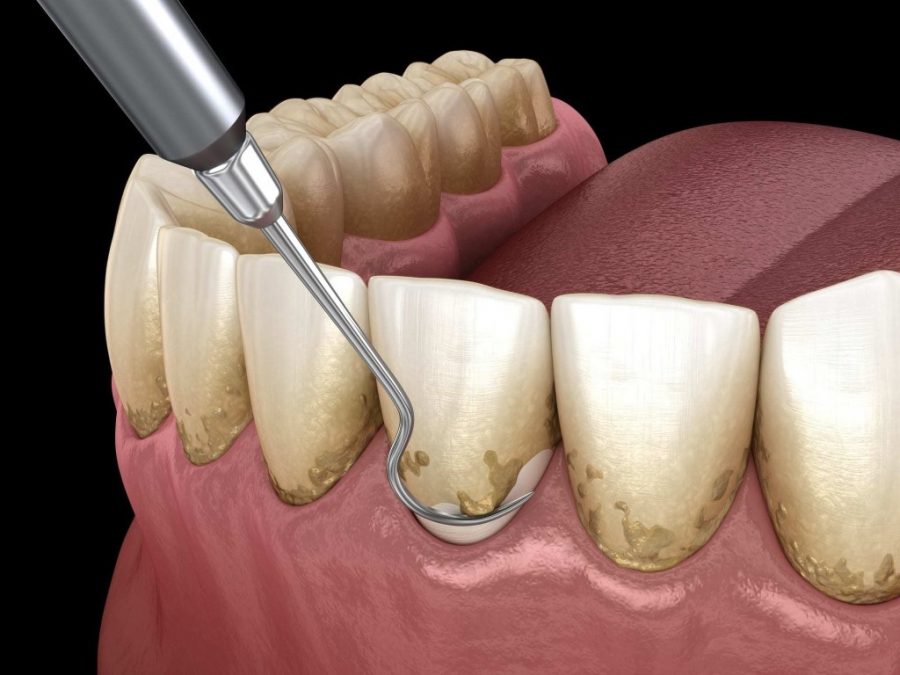
It can’t be seen but it contains millions of bacteria that feed on the particles left in your mouth from food, drink, and even breath. Plague is very sticky and can glue itself to your teeth. If your immune system is healthy, it uses white blood cells to fight off the bacteria in the plaque, keeping it from damaging your teeth. But, if you have an autoimmune disorder, you may have trouble fighting the bacteria. This can lead to the formation of cavities.
How to know if your teeth have decayed in 6 months?
One common way to determine whether or not your teeth have decayed in six months is with a “tablet test.” Begin by putting a small tablet or piece of candy in your mouth, and leave it there for 10 minutes. After the 10 minutes are up, spit the candy out, and examine your teeth. you see a small mark on your teeth where the candy was, you’re probably safe.
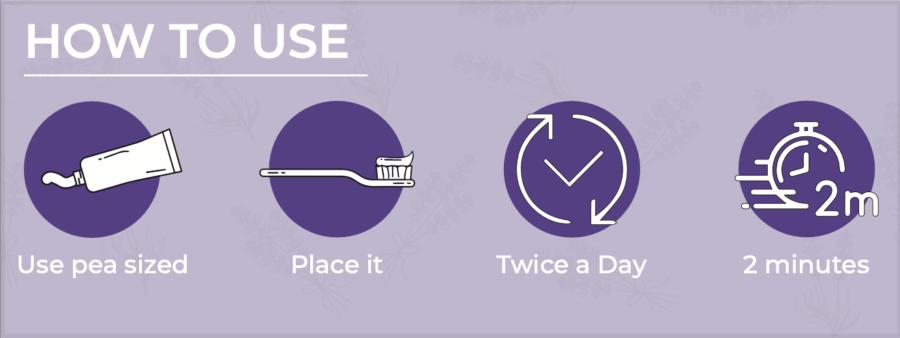
You have tooth enamel, the mark will be white; if you have demin, the mark will be brown. Another easy way to determine whether your teeth have decayed in six months is by looking at your tongue. If you have plaque, you’ll notice a white or yellow coating on the back of your tongue. The bacteria in plaque can cause bad breath, so if you notice a foul odour coming from your mouth, you might have plaque. If you notice a white or yellow coating on your tongue or a foul odour in your mouth, it’s a good idea to get your teeth cleaned by a dentist.
Tips to prevent tooth decay
Start brushing your teeth with toothpaste as soon as the first tooth appears.
Use the proper brushing technique. Place the toothbrush at an angle, covering all tooth surfaces, including the gum line.
Brush for two minutes at least twice a day.
Use floss between your teeth once a day.
Visit the dentist every six months.
Conclusion
This acid dissolves tooth enamel and can eventually eat through the dentin. To prevent tooth decay, start brushing your teeth with toothpaste as soon as the first tooth appears, and clean your teeth thoroughly twice a day. When you don’t brush your teeth regularly, plaque builds up and bacteria breed in your mouth, leading to tooth decay. To prevent tooth decay, start brushing your teeth with toothpaste as soon as the first tooth appears, and clean your teeth thoroughly twice a day.
Follow Us For More Updates
